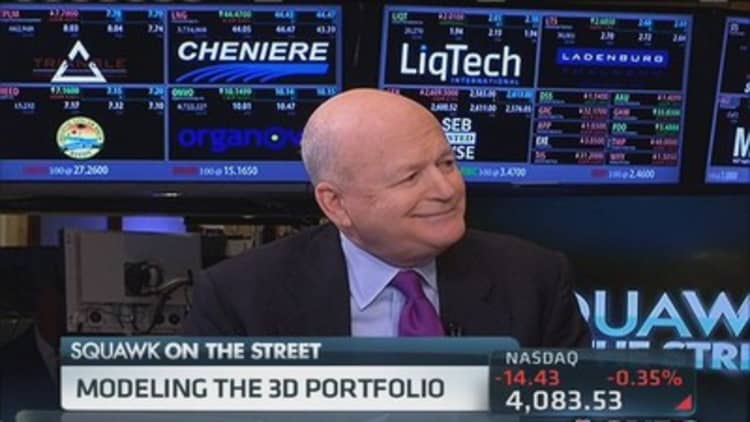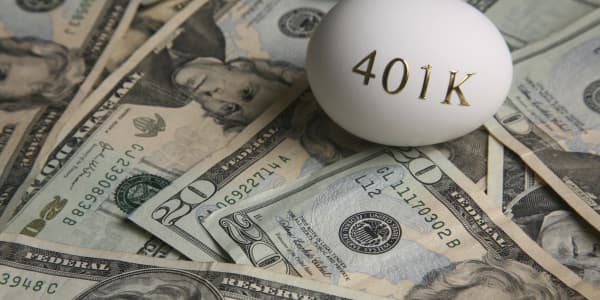Toy companies, consider this your warning: A 3-D printing company that makes toy drones is aiming to turn the industry on its head.
Extreme Fliers, which sells toy drones for $99, unveiled a program on Thursday that would let its customers 3-D print accessories for its drones.
"Before, if someone wanted a helicopter or a remote-control toy, they'd go into a store and buy whatever was selling. And every year, something else would come out and the toy company would get rich," said company founder Vernon Kerswell.
"Now, people can have whatever they want when they want it. It's changing the world. We are going to be the guys who say to the toy companies, 'We're in charge now.'"
With the new program, Extreme Fliers' customers can either order the drone accessories from the company or order the design and make the parts with their own 3-D printer. Instead of buying a new product every year, consumers can continually upgrade their toys with customizable parts whenever they like.
(Read more: 3-D printers and the cool stuff they make)
"With 3-D printing people can just order whatever they want, and it doesn't cost as much," Kerswell said. "Now anyone can have one because you can just print it. It's just very simple," he told CNBC at the Inside 3D Printing Conference in New York.
(Read more: Fighter jet with 3-D-printed parts flies for first time)
Extreme Fliers, which sells its drones in over 100 U.K. retailers and online worldwide, has been successful enough to remain completely self-funded, Kerswell said.

Since launching its latest Microdrone 2.0 in September, it has sold more than 20,000 units. The company aims to sell 1 million within the next two years, he added.
One reason the company is able to turn down funding offers and remain profitable is because the cost of production is so low. The company, which uses Makerbot printers to build its toys, is able to pass that savings to the customers, Kerswell said.
Because 3-D-printed toys are cheaper and more flexible, consumers will be drawn to them instead of traditional toy stores, he said.
"Every toy company that sees our new program is going to go, 'Oh my God, we need a 3-D printing program,'" he said. "They are scared of us."
—By CNBC's Cadie Thompson. Follow her on Twitter @CadieThompson.





